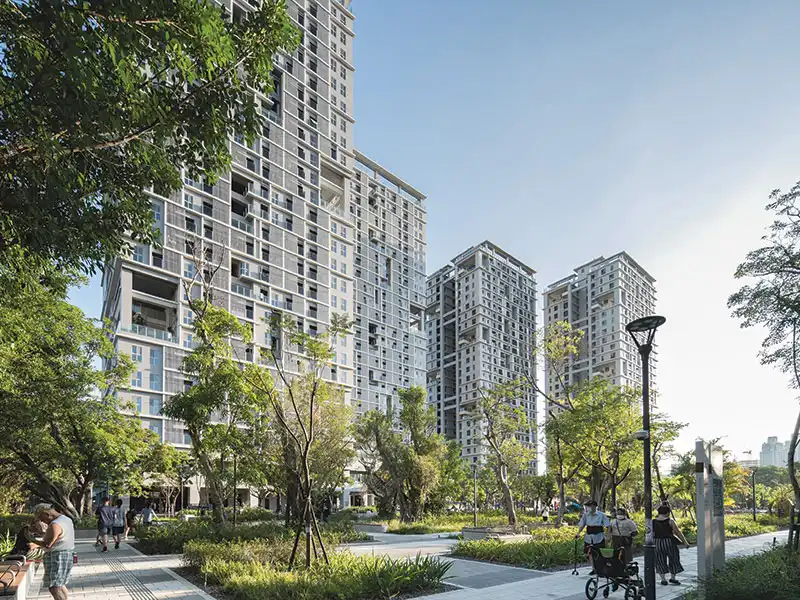Increased urbanisation, vehicular emission and several other human-led activities have led to deteriorating air quality, particularly in the metros. And the quality of outdoor air has a deep correlation with the quality of indoor air in all spaces, whether they are naturally ventilated or mechanically conditioned and ventilated. In addition, interior fit-outs also add to pollutant levels; at times, indoor levels of pollution may actually be five to six times higher than outdoors.
Use of gas cookers and unflued gas heaters can contribute a large percentage of the pollutants found in domestic dwellings, which having become better sealed from the external environment, are seeing pollutants released from indoor sources in higher concentrations.
Using ventilation to dilute contaminants, filtration, and source control are the primary methods for improving indoor air quality in most buildings. A high-quality ventilation system such as an ERV or HRV can help remove stale indoor air and replace it with fresh air from the outdoors. A tight building envelope and good insulation are also required to optimize the function of an ERV or HRV and to promote good air quality.
Benefits of good quality indoor air
- Good indoor air enables people to take big, easy breaths and get the oxygen needed.
- Respiratory irritation and airborne allergens affect the quality of sleep; clean indoor air helps one to wake up feeling refreshed.
- Proper moisture control can prevent the growth of mold and bacteria. Air that is too dry can cause skin irritation and nosebleeds, while air that is too moist can cause stuffiness and damage to home furnishings and structures. The ideal relative humidity for homes is between 45 and 55%, though this may vary with the seasons in different regions.
- Reportedly, 10 to 30 percent of the global population suffers from allergic rhinitis or hay fever, which is characterized by sneezing, congestion, itchy throat, and irritated eyes. Good air reduces allergens and allergic reactions.
- Improving airflow and ventilation, maintaining humidity and carbon dioxide levels—all go toward optimizing the HVAC system’s efficiency, leading to reduced utility bills.
- In buildings, use of extensive vertical gardens help filter out air, add greenery, and reduce heat-island impact.
Globally, rating systems have been instrumental in bringing about several best practices, including designing for and maintaining good IAQ in buildings. Under LEED Building Design and Construction (BD+C), for example, projects can achieve up to eight Indoor Environmental Quality credits to meet air quality benchmarks. Credits are awarded for ventilation designs that bring in and monitor fresh outdoor air and filter particulates. Buildings can also earn credits or the use of low-emitting (low or no-VOC) materials, green cleaning products, and pest management that minimizes exposure to pesticides. The WELL Building standard additionally lays out requirements for mould and microbe control, direct source ventilation, etc. Both these systems influence designers and builders to create energy-efficient workspaces with cleaner air and healthier, more productive occupants.
The Indian Society of Heating Air-Conditioning and Refrigeration Engineers has brought out a standard on good IAQ in Indian buildings. It provides the limits for contaminants and pollutants in good to acceptable range, and lays out methods to monitor, and evaluate IAQ in buildings in India. Monitoring of particulate matter, CO2, ozone, SOx and NOx, if there are possible sources in indoor spaces, can provide insights to better management and control.
Furniture and furnishings, paints, interior finishes, cleaning agents, copiers and printers are potential sources of indoor pollutants that need to be controlled. Use materials with low VOC and toxicity levels. Restrict use of perfluorinated compounds, flame retardants, plasticisers, isocyanate-based polyurethane, and urea formaldehyde, while selecting materials for application in the interiors
Mili Majumdar
















